|
Cats. They are such fierce and elegant creatures, aren't they? Coy and arrogant, yet cute and cuddly. And we love them to bits! Our feline friends are nocturnal creatures that like to hunt at night, associated with nighttime and darkness. They are also helpful in that they hunt pesky mice and snakes that plague households. But mainly, they are our companions. This complex relationship has remained remarkably unchanged for as long as they’ve domesticated us. (No, you read that right!) Cat’s role in folklore The roles of cats in folk and fairy tales are many. Sometimes they talk, sometimes they shapeshift. They are cunning, but they love to help the underdog and the unfortunate. In the fae world, cats are often household fairies, the owner none the wiser. The usual role of a cat in a fairy tale is to represent the fae. A few well-known tales have cats bestowing wealth upon needy humans, but often at the price of service to the fae kingdom. Sometimes the role is more of an active participant in the fairy world. In Scottish fairy lore, a cat sidhe was the king or queen of the fairy courts, accompanied by an entire entourage of fairy cats! The cat’s association with witches and witchcraft To this day, some people view cats as evil creatures. (I believe they are what is commonly known as “dog people.”) This negative view of cats stems from old folk beliefs that cats were familiars to witches. The black cat has been especially maligned, associated with bad luck, poor thing. In some folk tales, the cat is also imbued with magical powers, making it a natural mediator between the witches and the fae court. Such magical cats can control the actions of witches and humans alike. That’s some power! (Explains a lot!) Qualities that include cleverness, resourcefulness, helpfulness, and a free spirit make the cat a natural fit for the world of witchcraft. Common cat symbolisms in fairy and folk tales:
Folk and fairy tales that feature cats Puss in Boots Sometimes called The Master Cat, this is a French tale allegedly written by Charles Perrault in 1697. In one version of the tale, the cat is a crafty trickster who helps a poor miller’s son become first a count and then the king. The cat’s exploits in the tale allow him to bring back heaps of gold, which not only makes the miller’s son wealthy but also makes the cat invaluable and less likely to be killed. (So, win-win!) It also earns him a title; once the miller’s son becomes king, the cat earns himself a cushy title of Prime Minister (“The Complete Fairy Tales of the Brothers Grimm”, translation published 1987). This is a strange tale with the cat sometimes doing normal “cat” things, like catching mice and warming himself by a fireplace, juxtaposed with him walking around on two legs with boots and talking like a human. The suggestion is that cats are useful to have around, but are more clever than humans realize. They are magical creatures hiding in plain sight! The Companionship of the Cat and the Mouse This one is not a “feel-good” story. It’s a tale about a trickster who deceives his best friend and eats him, rather than face up to his bad deeds. Some friend! The villain, the cunning cat, deceives his housemate, the house mouse, by creating elaborate lies so that he can sneak out and eat the food they stored away for the winter. This tale of deceit portrays the cat as clever but selfish; in the end, the cat eats all of the food, leaving them with nothing left for winter. When confronted with his deception, the cat eats the mouse in a final betrayal of their friendship (“The Complete Fairy Tales of the Brothers Grimm”, translation published 1987). Could this story be a metaphor for an unfaithful man who sneaks out to have affairs? Or a man with a gambling problem who’s trying to keep his losses hidden from his wife? Maybe. Whatever your takeaway from this tale, the cat is a stand-in for the trickster, the conniver, the deceptive and treacherous friend. The Fox and the Cat This is an amusing tale with two clever creatures, a fox and a cat. The fox with his many skills is no match for the cat, who has one very practical—and life-saving—skill! The tale tells of a fox who is a jack of all trades but master of none, while the cat is extremely adept at one skill that ultimately saves his life. There is also a morality tale here about arrogance versus humility. In the end, the cat with humility and practical know-how is more cunning than the fox with all his arrogance and unhelpful skills (“The Complete Fairy Tales of the Brothers Grimm”, translation published 1987). The Poor Miller’s Apprentice and the Cat Three hired hands are tasked with finding the best horse in the land. The youngest of the three is an apprentice and a simpleton who doesn’t have much of a chance of completing this quest. To even the odds, a princess in the guise of a cat provides the simpleton with what he needs to complete the quest, in return for seven years of service to the fairy cat. A lot is happening in this story, and it was obviously pieced together from various versions, but there are a few underlying themes. First, a simpleton who should have had no hope of being the hero in this story bests smarter men to become a wealthy man. Second, we get a glimpse of a fairy realm where time moves much faster than in the human world; the seven years the apprentice spends with the cat feels like six months. Third, a fairy princess is disguised as a cat to challenge the true intentions and test the worthiness of the apprentice. True to its folkloric qualities, the cat is cunning, helps the underdog, and represents the fairy world (“The Complete Fairy Tales of the Brothers Grimm”, translation published 1987). The White Cat This tale—called La Chatte Blanche in French—was written by Countess (or Madame) d’Aulnoy in 1698. A folk tale collected by the Brothers Grimm— (The Poor Miller’s Apprentice and the Cat)--is a similar story with a few changes, but the underlying theme is the same. Three brothers must finish three tasks for the king. Their first task is to find the tiniest dog in the land, the second is to find the finest muslin fabric to pass through the eye of a needle, and the third is to find the most beautiful princess. The brothers are given a year for each task. The most unlikely winner of the three is the youngest brother, who seeks help from—and serves—a cat princess in return for his rewards. Just like in The Poor Miller’s Apprentice and the Cat, he finds an enchanted castle with talking cats, one of them being a white queen (“The White Cat [fairy tale]”, Wikipedia, 2025). This story has a gory deviation from The Poor Miller’s Apprentice and the Cat, with the cat requesting the young prince cut off her head to break the spell that has been placed upon her and her helpers. This act, however, transforms them all, revealing a beautiful princess with her courtiers. The role of the cat (again) is to represent the fairy realm and help the underdog in his quest. Cat and the Mice One tale found in one form or another in many European folktales is the Greek Aesop fable about a cat who pretends to be helpful while luring mice into danger. In some versions, the cat finds new and tricky ways to disguise himself to catch mice, rats, or chickens (depending on the version) and eat them. This fable paints the cat in a more one-sided way, as a cunning trickster (“The Cat and the Mice”, Wikipedia, 2024). The King of Cats There are many versions of this English tale; the earliest known version is Beware the Cat by William Baldwin, 1570. In this tale, a man tells his wife about a cat funeral he witnessed. He describes a talking cat that tells him the weirdest thing—a cat king is dead. The house cat hears this and jumps up on two legs, joyfully stating in a human voice that he is now the new cat king and runs off! Cats behaving and talking like people, much to the surprise of unsuspecting humans, is the common theme in most similar tales (“The King of the Cats”, Wikipedia, 2025). (If one of my cats suddenly behaves like this, I’m rechecking my prescription bottles!!!) Shakespeare’s Macbeth Shakespeare used cat symbolism in his play Macbeth, albeit in a more derogatory and malevolent way. In the play, the witch’s cat is named Grimalkin. Grimalkin, or greymalkin, is an old derogatory term used for a cat. The word also refers to something weak (particularly female), malevolent, or related to fairies. It’s a derogatory term to describe female treachery, symbolizing both women and cats, neither of which was held in high regard during certain periods of history (“Grimalkin”, Wikipedia, 2025). Thankfully, we’ve come a long way from then! Dick Whittington and His Cat An English folk tale, this story is a legend about a real man named Richard Whittington, although the story is fictitious. In the legend, a cat helps lift a poor boy out of poverty to become the Lord Mayor of London. The essence of the story is this: A poor boy tries to run away from his miserable job, but the sound of bells beckons him back. He decides to stay put, but sells his cat to his master for a shipping voyage to another country. His cat eradicates a mouse and rat infestation, earning the boy a handsome reward that made him a wealthy man (“Dick Whittington and His Cat”, Wikipedia, 2025). I wish my cats could do that for me! Alice in Wonderland Alice in Wonderland by Lewis Carroll was published in 1865. The aloof Cheshire Cat in the story uses riddles to help Alice contemplate and remember. He gives her enigmatic advice that challenges her to ponder her way through the chaotic world of Wonderland. The cat helps her follow her intuition and navigate the unknown. The Cheshire Cat’s traits represent aloofness, curiosity, intuition, challenge, and chaos, and he serves as a trickster, a guide, and a philosopher in this nonsensical, upside-down world (Alice-in-wonderland.net, n.d.). Harry Potter Two cats appear in the modern fairytale series Harry Potter, each playing a contrasting role. Crookshanks is the faithful companion to Hermione and her friends, while Mrs. Norris serves as a spy for the dubious caretaker Mr. Filch. These two juxtaposed cat characters symbolize the dual nature of cats. On one hand, you have the faithful companion, loyal and trustworthy. On the other hand, you have the cunning animal who serves as a spy for its master and guardian for the castle. Mrs. Norris isn’t a bad cat, just more mysterious and mercurial. Like most cats, right?! So, this wraps up my exploration of cats in fairy tales…for now. There is much more to uncover, so much more! But we’ll leave that for another blog post! Until then, have a purr-fect day! I am an affiliate associate of Amazon, so some of the posts in this article contain affiliate links. If you click on the link and purchase the item, I will receive an affiliate commission at no extra cost to you. I will only recommend products or services I use personally and/or believe will add value to my readers, so there is no conflict of interest. Reference links:
Cheshire Cat character description. (n.d.). Alice-in-wonderland.net. Retrieved September 19, 2025, from https://www.alice-in-wonderland.net/resources/analysis/character-descriptions/cheshire-cat/ The Brothers Grimm. (1987). The Complete Fairy Tales of the Brothers Grimm (J. Zipes, Trans.). Bantam Books. (Original work published ca. 1812, 1815, 1857) Cleto, S. & Warman, B. (2020, August 17). The magical cats of fairy tales. Enchanted Living Magazine. https://enchantedlivingmagazine.com/the-magical-cats-of-fairy-tales/ Hagey, C. (2020, April 10). Cats in Fairy Tales. https://www.cathrinhagey.com/cats-in-fairy-tales/ Hulse, T. (n.d.). Fairy Cats and Cat Fairy Tales. http://fairies.zeluna.net/2014/03/fairy-cats-and-cat-fairy-tales.html Jones, R. (n.d.). The Story Of Dick Whittington: Sir Richard Whittington And His Cat. London Walking Tours. https://www.london-walking-tours.co.uk/london-history/dick-whittington.htm Merriam-Webster. (n.d.). Grimalkin. In Merriam-Webster.com dictionary. Retrieved September 19, 2025, from https://www.merriam-webster.com/dictionary/grimalkin The White Cat—A Brothers Grimm Tale. (n.d.). Pook Press. Retrieved September 19, 2025, from https://www.pookpress.co.uk/the-white-cat-brothers-grimm/ The King O' The Cats. (n.d.). Sacred Texts. Retrieved September 19, 2025, from https://sacred-texts.com/neu/eng/meft/meft32.htm Macbeth Glossary: Graymalkin. (n.d.). Shakespeare Online. Retrieved September 19, 2025, from https://www.shakespeare-online.com/plays/macbeth/macbethglossary/macbeth1_1/macbethglos_graymalkin.html Dick Whittington and His Cat. (n.d.). Storynory. Retrieved September 19, 2025, from https://www.storynory.com/dick-whittington-cat-london/ The Cat and the Mice. (2024, August 25). In Wikipedia. https://en.wikipedia.org/w/index.php?title=The_Cat_and_the_Mice&oldid=1242095330 Cheshire Cat. (2025, September 16). In Wikipedia. https://en.wikipedia.org/w/index.php?title=Cheshire_Cat&oldid=1311655159 Dick Whittington and His Cat. (2025, February 22). In Wikipedia. https://en.wikipedia.org/wiki/Dick_Whittington_and_His_Cat Grimalkin. (2025, January 8). In Wikipedia. https://en.wikipedia.org/w/index.php?title=Grimalkin&oldid=1268229249 The King of the Cats. (2025, July 26). In Wikipedia. https://en.wikipedia.org/w/index.php?title=The_King_of_the_Cats&oldid=1302654760 List of fictional felines. (2025, September 6). In Wikipedia. https://en.wikipedia.org/w/index.php?title=List_of_fictional_felines&oldid=1309803840 The White Cat (fairy tale). (2025, June 7). In Wikipedia. https://en.wikipedia.org/w/index.php?title=The_White_Cat_(fairy_tale)&oldid=1294415357
0 Comments
Leave a Reply. |
Author
Some of the posts on this site contain affiliate links. This means if you click on the link and purchase the item, I will receive an affiliate commission. Categories
All
Archives
October 2025
|
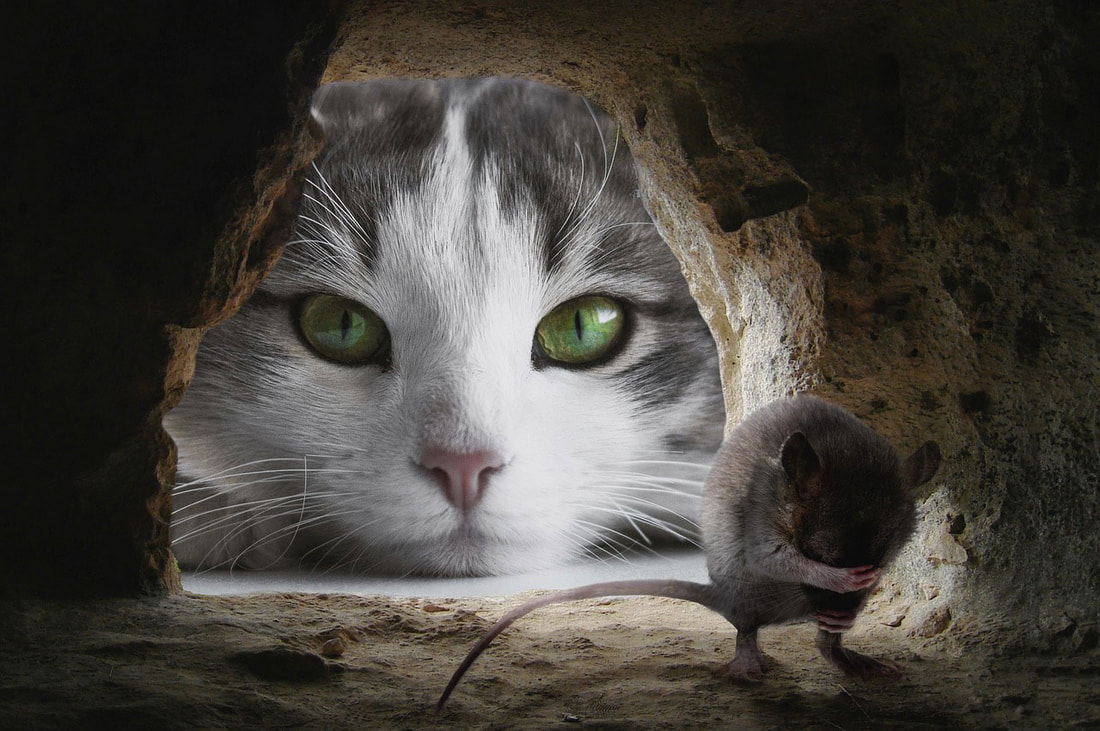
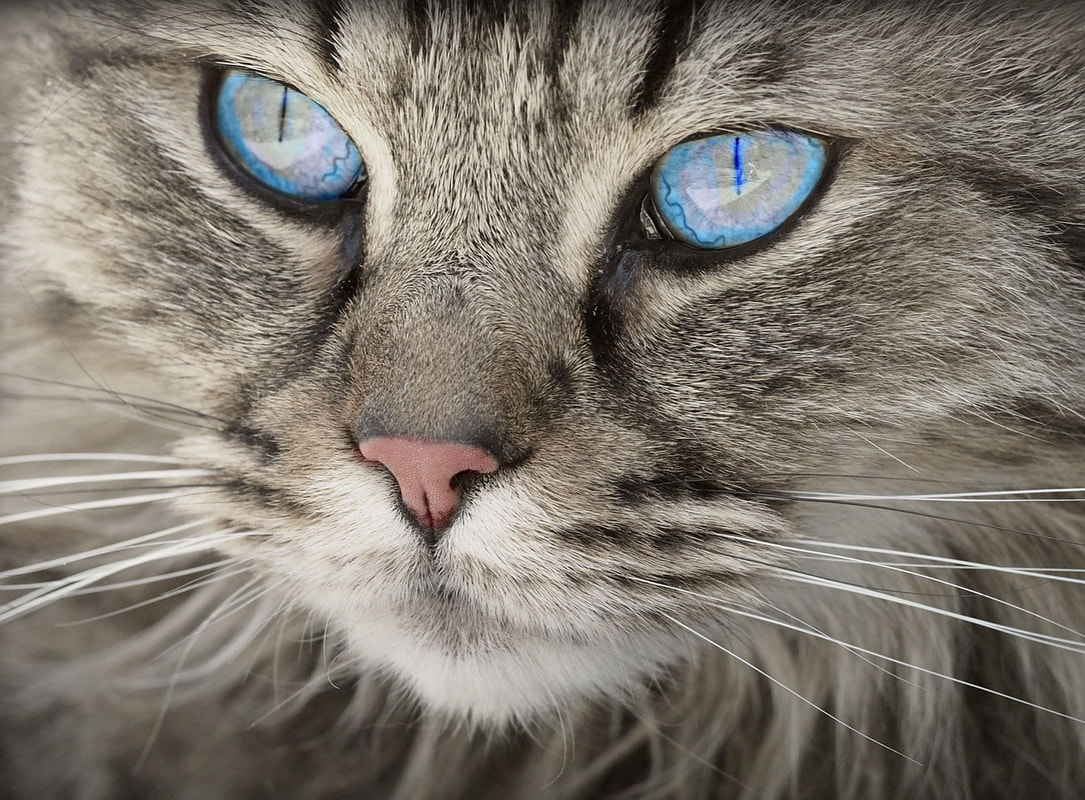
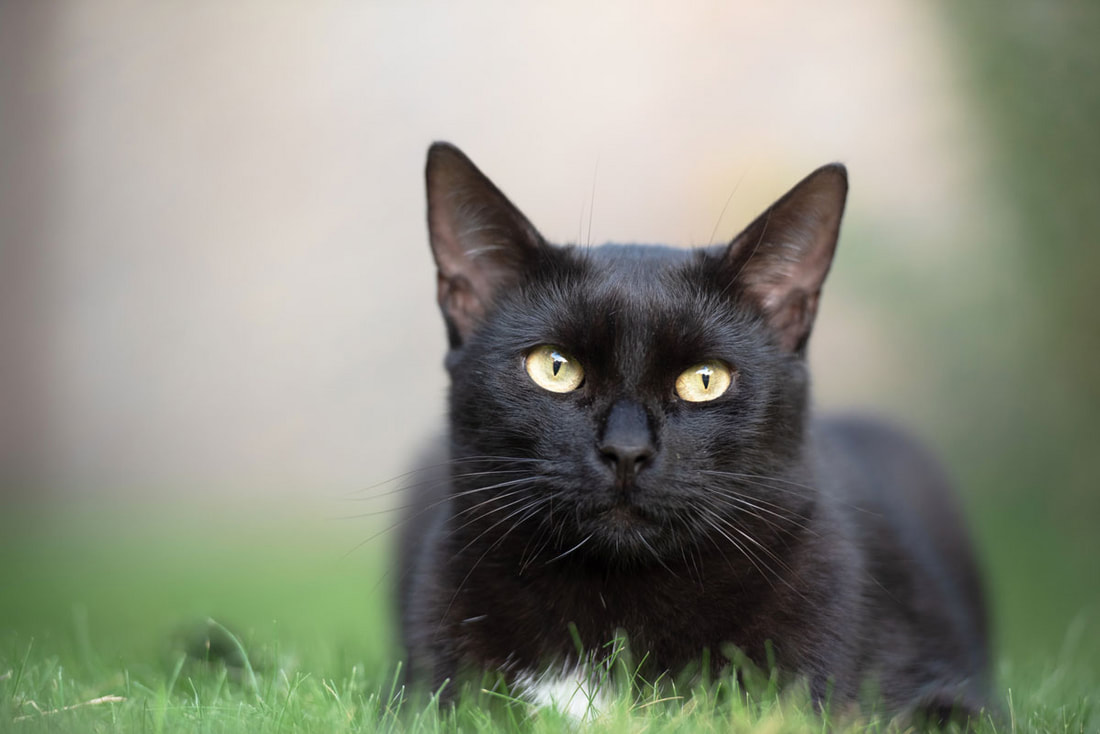
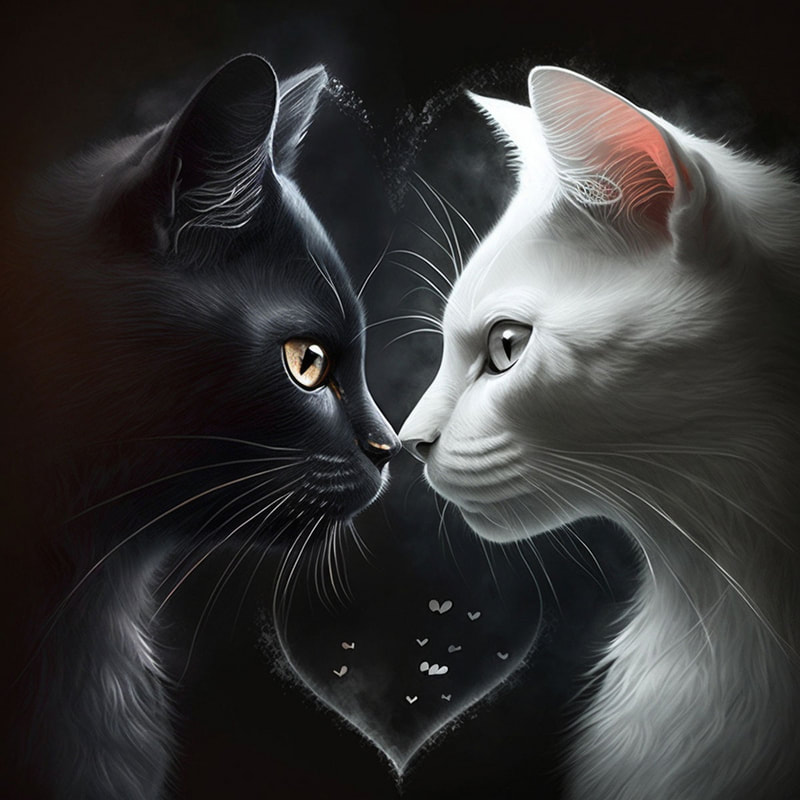
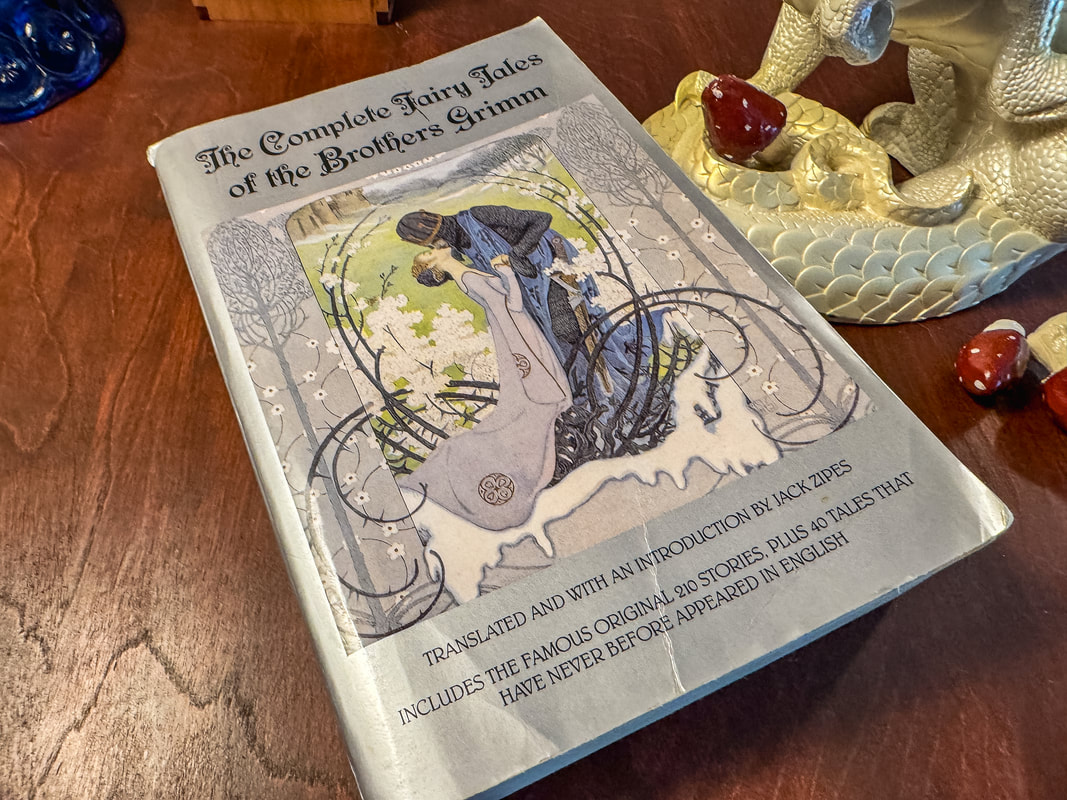
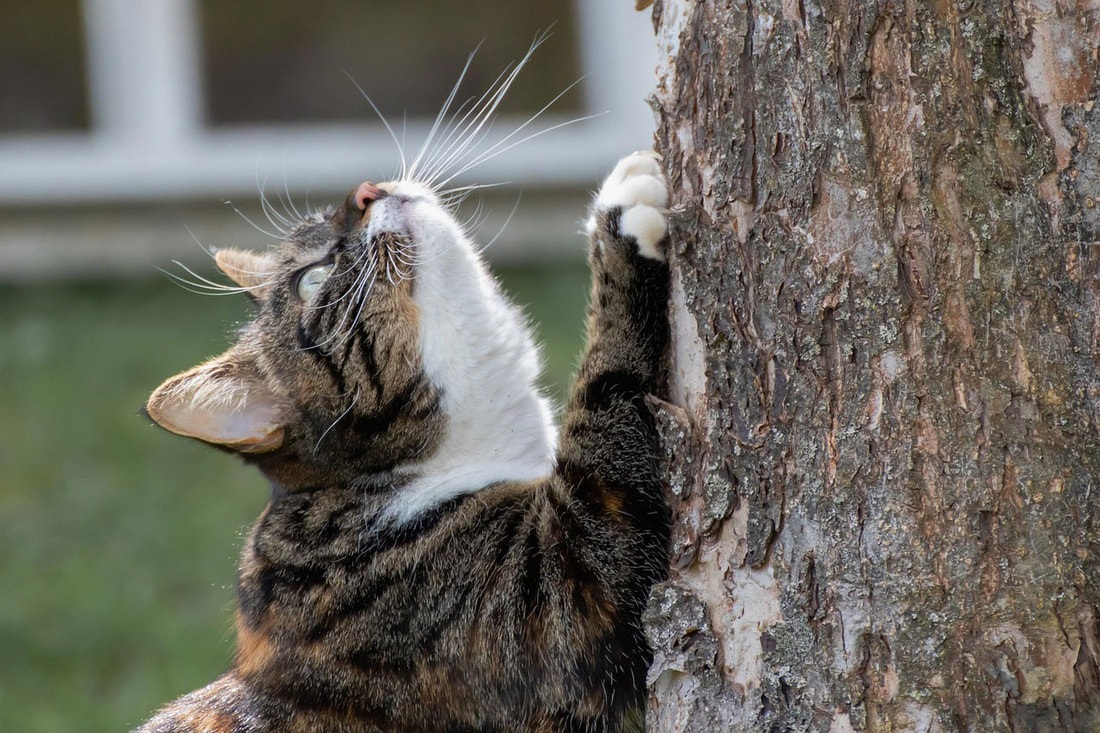
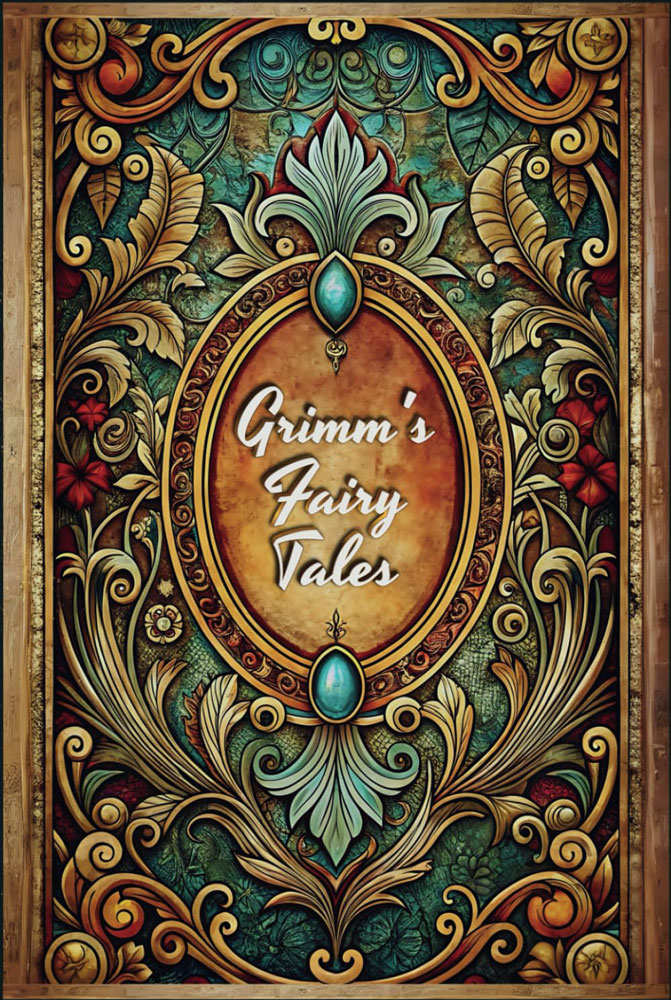
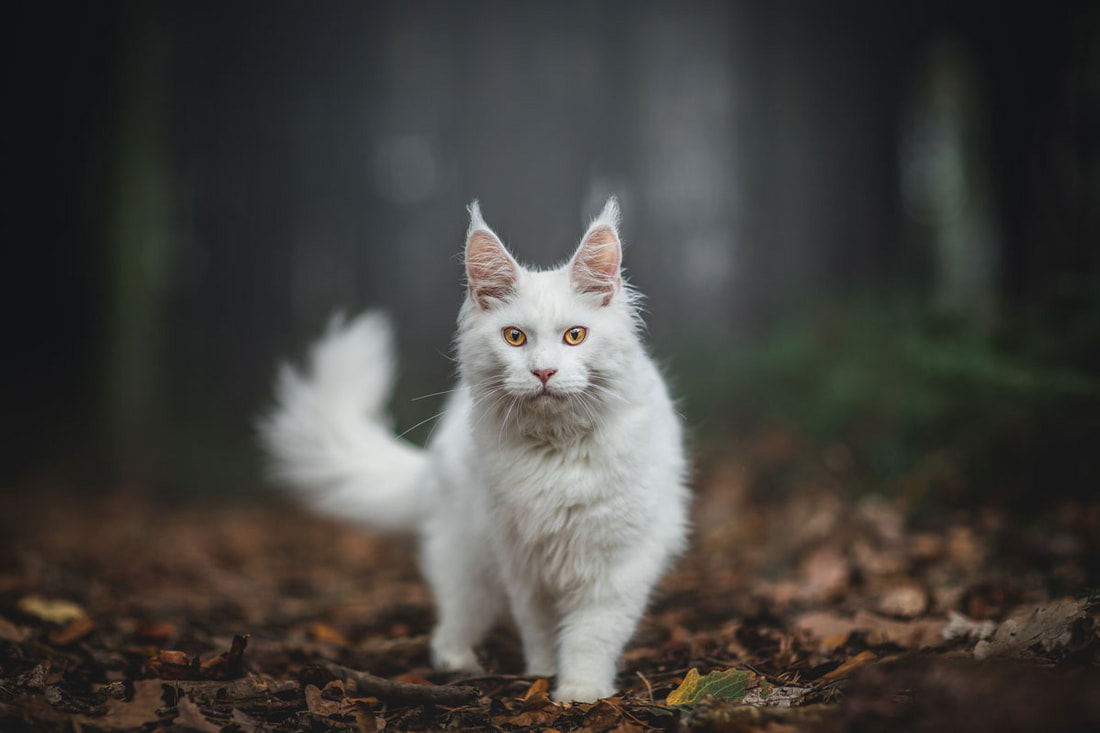
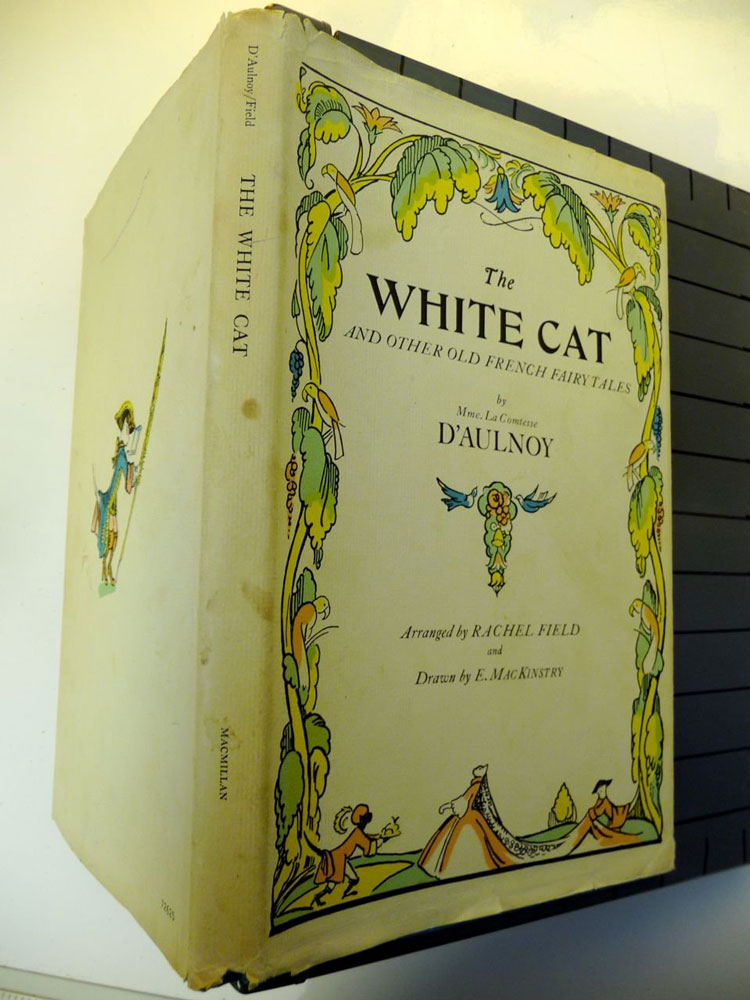

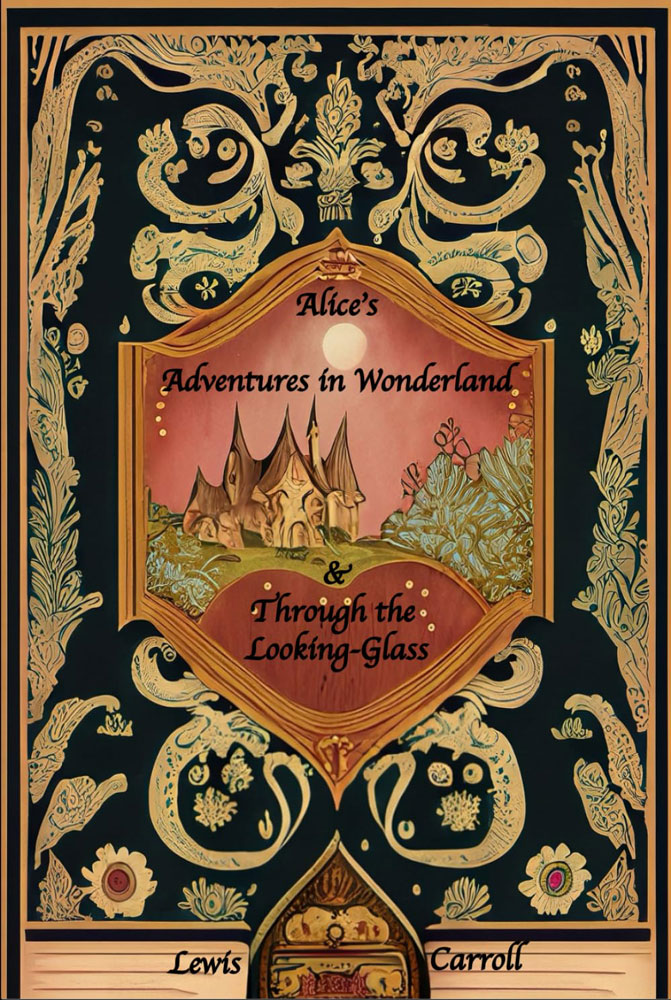
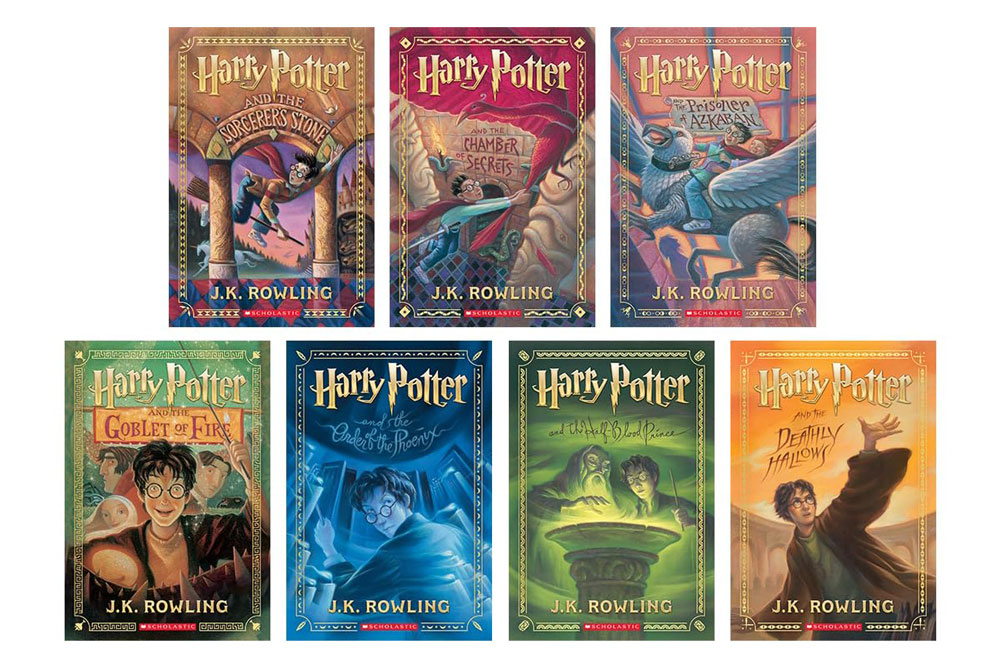
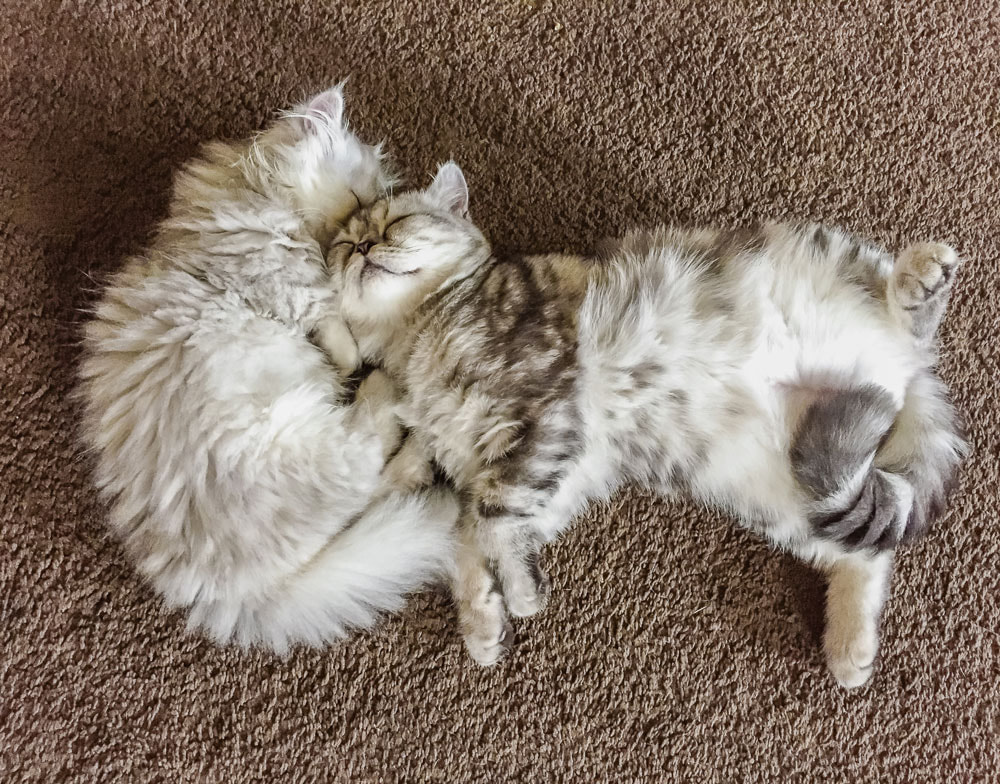
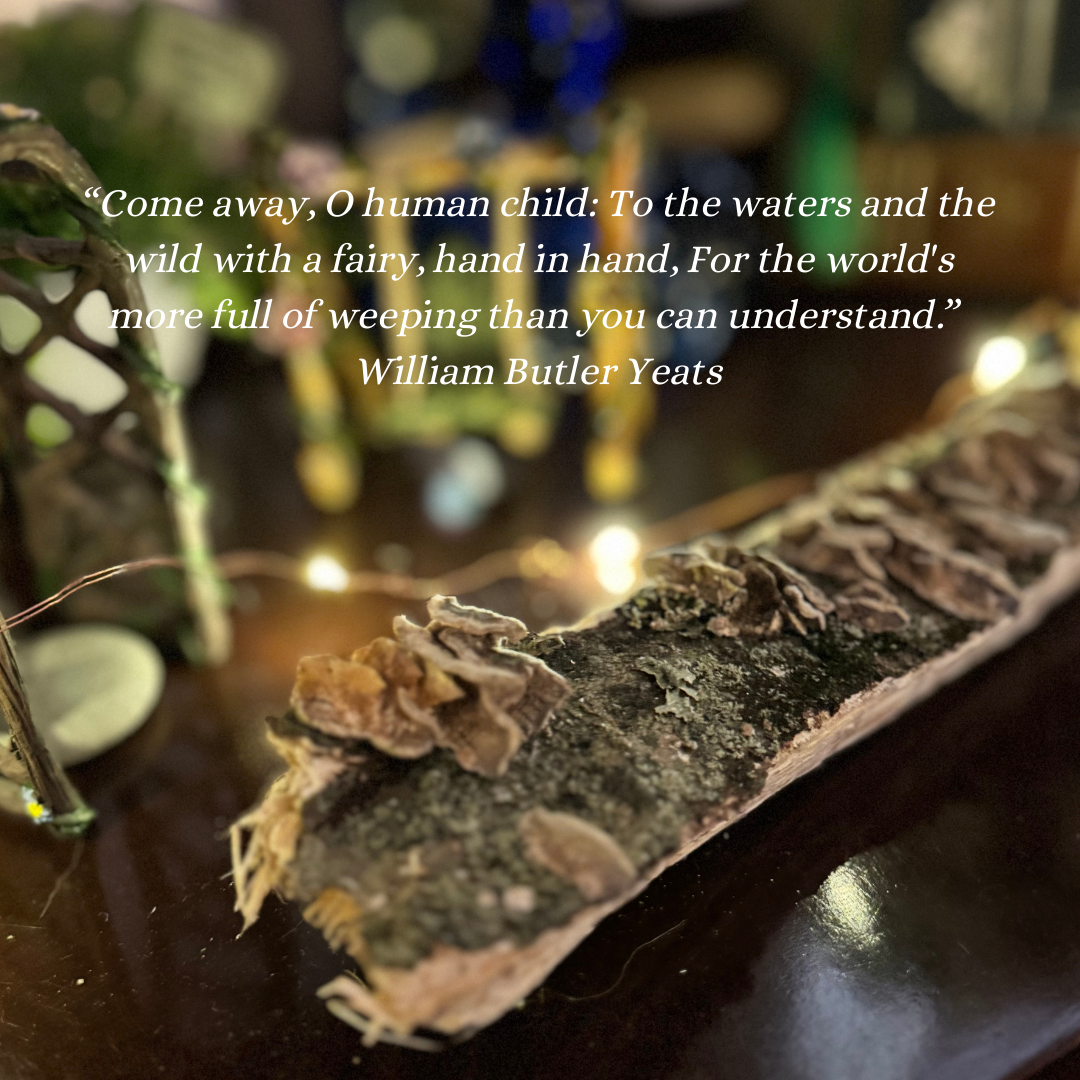

 RSS Feed
RSS Feed
